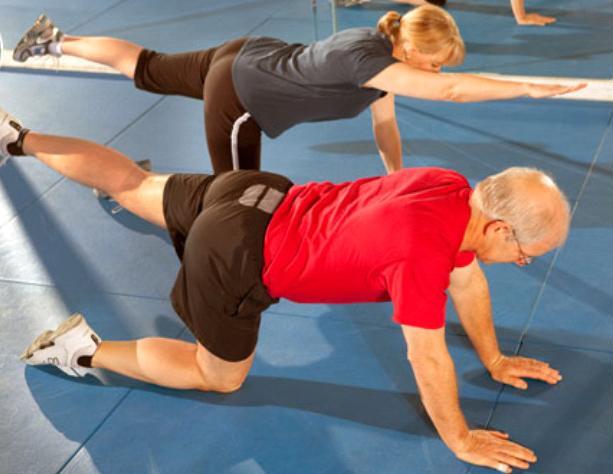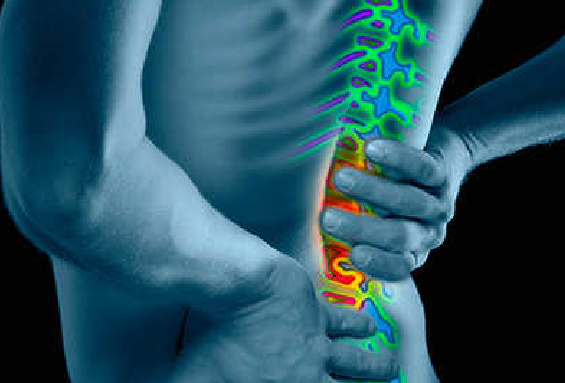Top Exercises to Relieve Facet Arthrosis Symptoms at Home
Facet arthrosis, also called facet joint arthritis, can cause significant back pain and limit mobility. The discomfort associated with facet arthrosis symptoms often affects daily activities, but regular exercise can help reduce pain and improve function. Here are some effective exercises you can do at home to relieve symptoms and support spinal health.

1. Warm-Up Exercises
Before diving into exercises, warm up your body. This reduces the risk of strain and prepares your spine for movement, which is especially helpful if you are managing facet arthrosis symptoms.
- Cat-Cow Stretch: Start on your hands and knees. Alternate between arching your back (cat) and dipping it (cow). Repeat 8-10 times. This warms up your spine and improves flexibility.
- Pelvic Tilts: Lie on your back with knees bent. Gently tilt your pelvis upward and flatten your lower back against the floor. Repeat 10 times to loosen your lower back.
2. Stretching Exercises
Stretching helps reduce stiffness and improves mobility. Focus on gentle, sustained movements.
- Child’s Pose: Kneel on the floor, sit back on your heels, and extend your arms forward. Hold for 20-30 seconds. This stretches and decompresses the spine.
- Seated Spinal Twist: Sit on the floor with one leg bent over the other. Twist your torso toward the bent leg, placing one hand behind you for support. Hold for 20 seconds on each side.
- Hamstring Stretch: Sit on the floor with one leg extended and the other bent. Reach toward the toes of your extended leg. Hold for 15-20 seconds per leg.
3. Strengthening Exercises
Strengthening the muscles that support your spine can ease pressure on the facet joints and help manage facet arthrosis symptoms.
- Bird Dog Pose: Start on your hands and knees. Extend one arm and the opposite leg. Hold for 5 seconds, then switch sides. Repeat 10 times.
- Partial Crunches: Lie on your back with knees bent. Lift your shoulders slightly off the floor, engaging your core. Repeat 8-10 times.
- Wall Sits: Stand against a wall and slide down until your knees are at a 90-degree angle. Hold for 10-15 seconds. This strengthens your lower back and legs.
4. Low-Impact Aerobic Activities
Aerobic exercise improves blood flow and reduces inflammation. Choose low-impact options to avoid stressing your joints.
- Walking: A brisk 20-minute walk can improve posture and relieve stiffness.
- Swimming: The buoyancy of water supports your body, making swimming or water aerobics excellent choices.
5. Cool-Down and Recovery
After exercising, take time to cool down. This helps your muscles relax and reduces soreness, which is important if you’re managing facet arthrosis symptoms.
- Deep Breathing with Forward Bends: Stand or sit and reach toward your toes, breathing deeply. Hold for 15-20 seconds.
- Reclined Spinal Twist: Lie on your back, bring one knee across your body, and twist gently. Hold for 10-15 seconds per side.
6. Tips for Safe Exercise
- Start slow and increase intensity gradually.
- Avoid movements that cause sharp or sudden pain.
- Use a yoga mat or cushion for support.
- Stay consistent—daily practice yields the best results.
7. Combining Exercises with Other Strategies
Exercises work best when paired with other management strategies:
- Maintain a healthy weight to reduce strain on your spine.
- Practice good posture throughout the day.
- Consider ergonomic changes at home and work.
- Seek guidance from a physical therapist if needed.
8. Building a Support System with In-Home Care
For individuals with severe facet arthrosis symptoms, a strong support system can make a significant difference. In-home care services offer professional assistance, ensuring safe exercise routines, pain management, and help with daily activities. These caregivers can tailor support to your specific needs, providing relief and promoting independence. Consider consulting with an in-home care provider to enhance your quality of life and stay on track with your management plan.
Conclusion
Consistent exercise is key to managing facet arthrosis. Stretching, strengthening, and low-impact activities can reduce pain and improve mobility. Start with these simple exercises at home, and take control of your spinal health today. Pair these efforts with a reliable support system, including in-home care if needed, to maximize your recovery and well-being.




